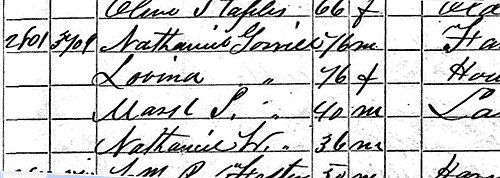Eden Camp (in Malton, England) may be one of the eeriest sites ever shown on “Most Haunted.”
And it’s one of England’s best locations for ghost hunting.
Continued from Eden Camp Ghosts, Part One
If you saw the two-part Most Haunted episode in January 2019, it might have looked like a tame, friendly little haunt.
It’s not.
There are three reasons I recommend Eden Camp among England’s many haunted places:
- Most of the phenomena are “lite.” That’s why Eden Camp is ideal for first-time researchers.
- Weird things happen more frequently than at many haunted sites. That makes it equally ideal for jaded professionals.
- The ghosts make it personal. It’s one thing to wonder if the ghosts know you’re there. It’s entirely different when you’re sure the ghosts know what scares you the most.
Lots of Ghostly Activity
In my review of the first half of Most Haunted’s Eden Camp Museum investigation, I described almost steady, low-level phenomena.
Investigators heard:
- clatters
- thuds
- footsteps
- other unexplained noises.
Those things aren’t scary, but when you hear enough of them, it can get under your skin.
In some locations, like the bungalow (the pre-fab house), Eden Camp’s ghost/s seemed to respond rapidly to what Karl or Stuart said.
But even when the ghosts weren’t reacting to questions or commands, the unpredictable – and usually random – noises continued.
Aside from the bicycle (in the bungalow) falling over multiple times, what happened wasn’t physical. No one seemed at risk.
Such regular – but apparently minor – activity makes Eden Camp an ideal site for a ghost vigil.
- You’re likely to witness at least one or two “weird” things.
- You’ll know you’ve had a genuinely odd, ghostly experience.
- You’ll go home with a smile.
But… more experienced investigators might not take Eden Camp so lightly.
Eden Camp’s Ghosts from a Professional View
 In my previous review, I mentioned two impressive aspects of Most Haunted’s investigation.
In my previous review, I mentioned two impressive aspects of Most Haunted’s investigation.
Of course, it’s always a relief when a site has a steady patter of activity. At most locations, ghost hunters sit and stand for hours, waiting for something to happen.
It’s not that the ghosts were entirely obliging at Eden Camp. Yvette gave them many opportunities to manifest – as noises, poltergeists, and so on. But, they seemed less interested in startling her.
However, in Part 1 of the show, I noticed a few unusual things.
Separating the Investigators
First, when the team were working in pairs of two, unearthly footsteps seemed to come from two distinct areas in one hut.
Mary Beattie impressed me when she quickly realized something was trying to separate – and isolate – team members from one another. As a professional investigator, that kind of activity is a big red flag. It’s one step away (no pun intended) from being malicious activity.
And, in most cases, it seemed like a deeply personal effort by Eden Camp’s ghost/s.
Making it Personal?
Then, something about Stuart’s demeanor troubled me. He seemed to internalize what was happening in the bungalow.
In other words, Mary could detach herself, mentally, from what was going on.
She saw the “method in the madness” of the moment.
By contrast, Stuart Torevell seemed deeply affected by the ghosts.
If one of my team member’s demeanor was like his, I’d be very concerned. He might need to leave the area for his own safety.
When Ghosts Unsettle Professionals
Stuart isn’t a ghost hunting novice. Since 2002, he’s been part of the Most Haunted crew and team. He’s been at the center of some very troubling paranormal activity.
So, when you see Stuart seem troubled by what’s going on at a haunted site – even if the activity seems minor – pay close attention. That “red flag” may be subtle, but it’s significant. It’s a location that’s more haunted than most.
Remember: Those of us who’ve been investigating haunts for years… well, we get a little jaded. (That may be an understatement.)
- A plate flies across the room and we yawn, “Yes, it’s another poltergeist.”
- A team member feels a tap on his shoulder and we sigh, “Okay, it’s another attention-seeking ghost.”
- Listening to EVP right after we recorded it, if the ghost mumbles, we’ll say, “Aww, c’mon, speak clearly.”
And so on. We’re not as startled or impressed as we once were.
So, when a pro reacts – especially in a dramatic or uncharacteristic way – that’s an anomaly in itself.
At Eden Camp, It’s Not Just Residual Energy
 When I researched Eden Camp’s history, I found many reasons the site could have simple, residual energy hauntings.
When I researched Eden Camp’s history, I found many reasons the site could have simple, residual energy hauntings.
It was a POW camp. People were there against their will, and some prisoners were Nazi officers whose political views were both extreme and aggressive.
That could explain lingering energy.
Eden Camp’s Eerie History Started Much Earlier
In later research, I uncovered Malton’s surprising importance as a Roman fort – and perhaps a hub of Roman occupation – for four centuries.
That’s why, when I started watching Most Haunted’s first episode about Eden Camp – broadcast “as live” – I thought, “Okay, Eden Camp has more than the usual amount of residual energy.”
Soon, I realized something intelligent was behind what’s going on at Eden Camp.
It wasn’t just what Mary said or how Stuart reacted… it was more. It was the consistency of the activity, and who seemed targeted by it.
That seemed… odd.
The clever subtlety of Eden Camp’s paranormal activity impressed me. And its variety.
From my experience, a lot of hauntings are “one-trick ponies.”
- There may be noises.
- There might be some poltergeist activity.
- A “shadow person” might make a fleeting appearance.
- Or, an investigator might notice an odd odor, usually pipe tobacco or perfume.
And so on.
The Mystery of Mixed Anomalies
When investigators talk in terms of three or four types of anomalies, either the site is profoundly haunted…
Or, some “anomalies” aren’t extraordinary.
To be blunt, either they’re imagined, exaggerated, or – in rare cases – rigged.
In this case, I think Eden Camp is haunted… really, really haunted.
Most Haunted’s Eden Camp episodes were among the most authentic ghost hunting broadcasts I’ve seen.
Chicken or the Egg?
 The intensity of the team’s encounters were why I started looking into other weird things in Malton’s history.
The intensity of the team’s encounters were why I started looking into other weird things in Malton’s history.
I found plenty. The question is, are there layers of turbulent history – or extraordinary energy – beneath what I found?
Or, was there some interesting energy around Malton from earliest times?
Maybe more recent events just added to its paranormal activity.
Each piece of weird history added to my general impression of Eden Camp and the Malton area… and its ghosts.
So, by the time I saw Part 2 of Most Haunted’s Eden Camp broadcast, my expectations were high.
I was not disappointed.
Yes, It’s Personal
There may be residual energy hauntings at Eden Camp. Some noises could be explained that way.
In fact, the team went out of their way to debunk most of the phenomena.
 In the first episode, the cat might have been responsible for some noises.
In the first episode, the cat might have been responsible for some noises.
Maybe the bicycle wasn’t solidly propped against the wall, each time it fell.
And maybe there was a technical glitch so the smoke machine kept running, intermittently.
Rapping noises on the ceiling (or roof) and in the walls… sure, maybe they were squirrels or mice.
The swinging doors might have been an odd gust of wind. But then another… and another? Each time that happened, “normal” explanations seemed less likely.
When you put all of these seemingly low-level anomalies together, the picture changes.
The fact is, almost all ghostly phenomena can be explained by a dedicated skeptic.
But… ghost hunters (like me) raise an eyebrow when many odd, “explainable” things happen, one after another.
Variety, Pace, and Timing
It’s not the cause/explanation that holds our attention; it’s that these things happen at an anomalous pace, and all at one site.
Also at Eden Camp, some expected things didn’t happen.
Each of those was an anomaly, as well.
For example, at Eden Camp, relatively little seemed to happen around Yvette.
That’s odd. Usually, she’s the one most targeted by ghosts.
(She also recovers quickly when she’s startled. And then she gets straight to the point, challenging ghosts to make themselves – and their interests – known. Is it possible that Eden Camp’s ghosts were intimidated by Yvette?)
Eden Camp: An Intelligent Haunting
Eden Camp isn’t just haunted: It’s intelligently haunted.
The ghost (or ghosts) know exactly what they’re doing.
They’re tailoring each person’s experience to the individual.
Creating anomalies that could be explained/debunked… that’s a great way for ghosts to get you to drop your guard.
And that’s why the two-part Most Haunted investigation of Eden Camp was so compelling: Each investigator had a unique, unsettling experience.
That’s why I recommend Eden Camp Museum for ghost hunting.
Something intelligent haunts Eden Camp. I don’t know what its motives are.
It’s subtle. It’s clever.
If you go there, never wander off. Never be on your own.
Why to Investigate Eden Camp’s Ghosts
If you’re in England, haunted places are easy to find.
But… Eden Camp is an unusually ideal site for casual ghost hunters to encounter a “good scare.” I’m sure you’ll have a wonderful visit and a worthwhile vigil.
But, even better, Most Haunted’s investigation barely scratched the surface.
Your visit to Eden Camp could be intense.

Congratulations to Most Haunted for an excellent, authentic investigation. From my sofa, I was applauding.
Resources
*They did not ask me to recommend them and that’s not any type of affiliate link. I genuinely believe Eden Camp is one of England’s most impressive haunts.

Learn more about ghosts and haunted places at my YouTube channel, Ghost Hunting with Fiona Broome.



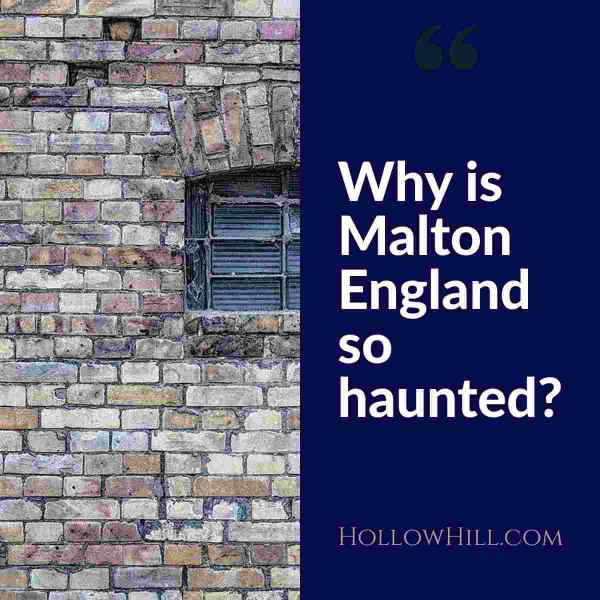
 The A64’s ghost story is from the late 18th century or early 19th century, when a woman – traveling along
The A64’s ghost story is from the late 18th century or early 19th century, when a woman – traveling along 
 Especially in the early 18th century, Malton records are rife with the kinds of events that can spark later hauntings.
Especially in the early 18th century, Malton records are rife with the kinds of events that can spark later hauntings.
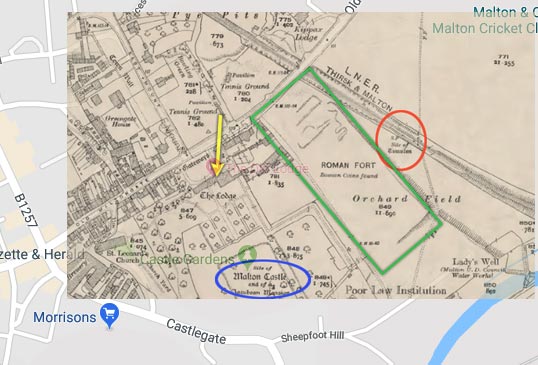

 Well, in the first Most Haunted segment from Eden Camp, several things impressed me. I felt like the Bungalow – investigated by Karl and Stuart – was one of the stars of the show.
Well, in the first Most Haunted segment from Eden Camp, several things impressed me. I felt like the Bungalow – investigated by Karl and Stuart – was one of the stars of the show.
 That was a very astute observation. And, in my opinion, it was accurate. I hope Mary continues to investigate with Most Haunted.
That was a very astute observation. And, in my opinion, it was accurate. I hope Mary continues to investigate with Most Haunted. The only response she received was a negative one when she asked, “Are you English?”
The only response she received was a negative one when she asked, “Are you English?”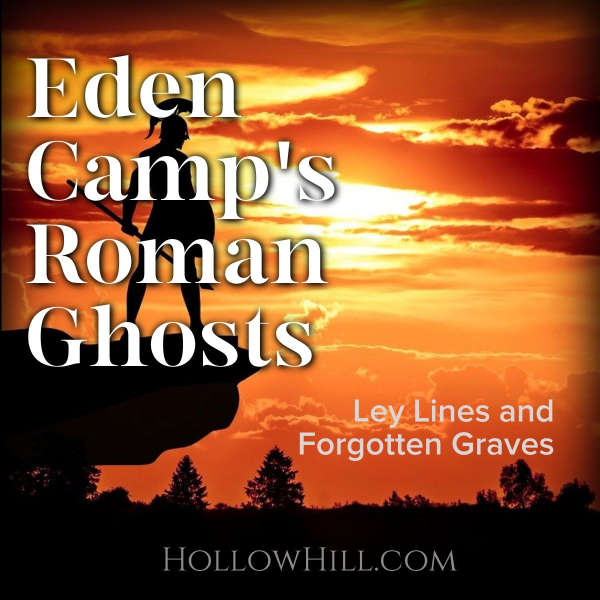
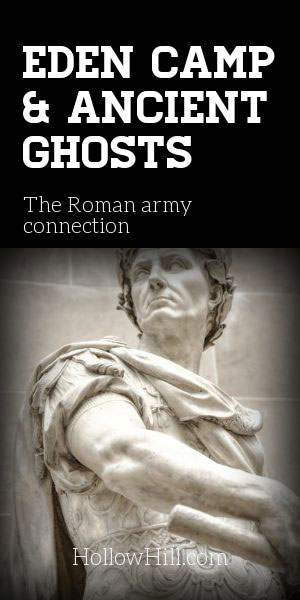 Eden Camp – in Malton, England – has at least a thousand reasons to be haunted: one ghost for every POW (mostly Nazi officers) who lived there between 1942 and 1948.
Eden Camp – in Malton, England – has at least a thousand reasons to be haunted: one ghost for every POW (mostly Nazi officers) who lived there between 1942 and 1948.
 My point is: Roman ghosts – or at least their spiritual energy – seem to linger longer – and more vividly – than many ghosts from more recent eras.
My point is: Roman ghosts – or at least their spiritual energy – seem to linger longer – and more vividly – than many ghosts from more recent eras.
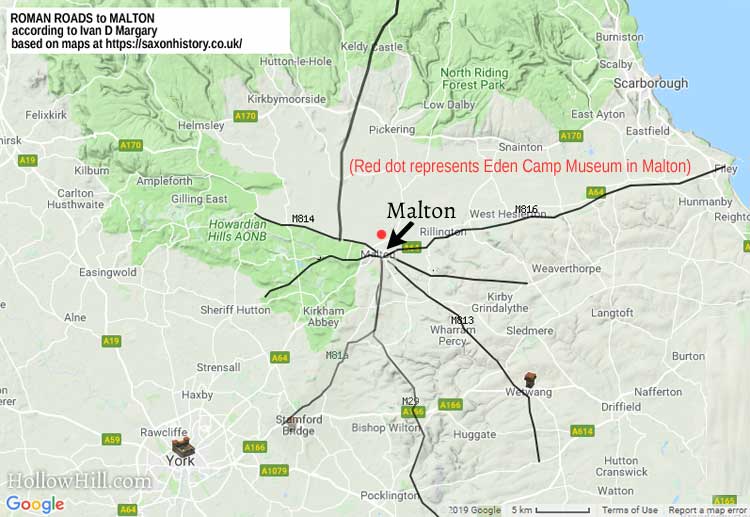

 Within a few hours, I found evidence explaining
Within a few hours, I found evidence explaining 

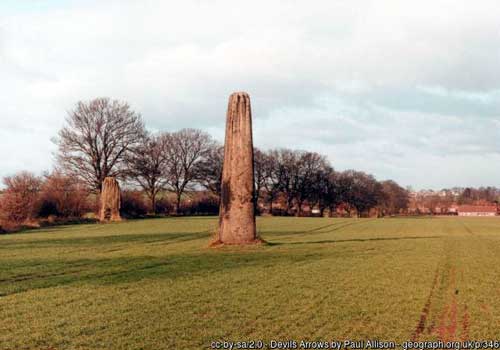

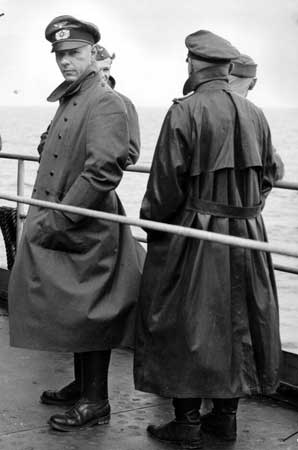 From 1944 to 1948, German POWs made up most of the thousand residents at Eden Camp.
From 1944 to 1948, German POWs made up most of the thousand residents at Eden Camp.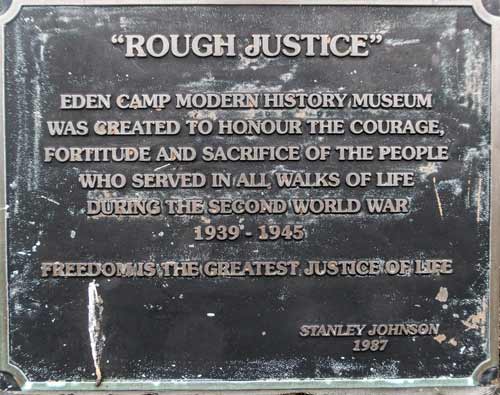
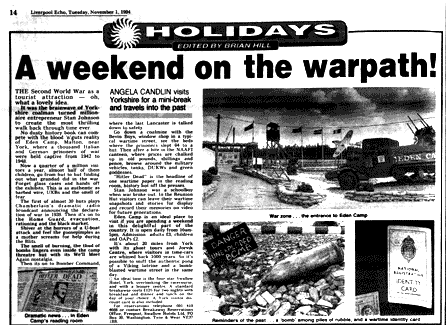
 Tenney Gatehouse and Greycourt Castle – today, the Methuen Museum of History – is known for its many ghosts.
Tenney Gatehouse and Greycourt Castle – today, the Methuen Museum of History – is known for its many ghosts.
